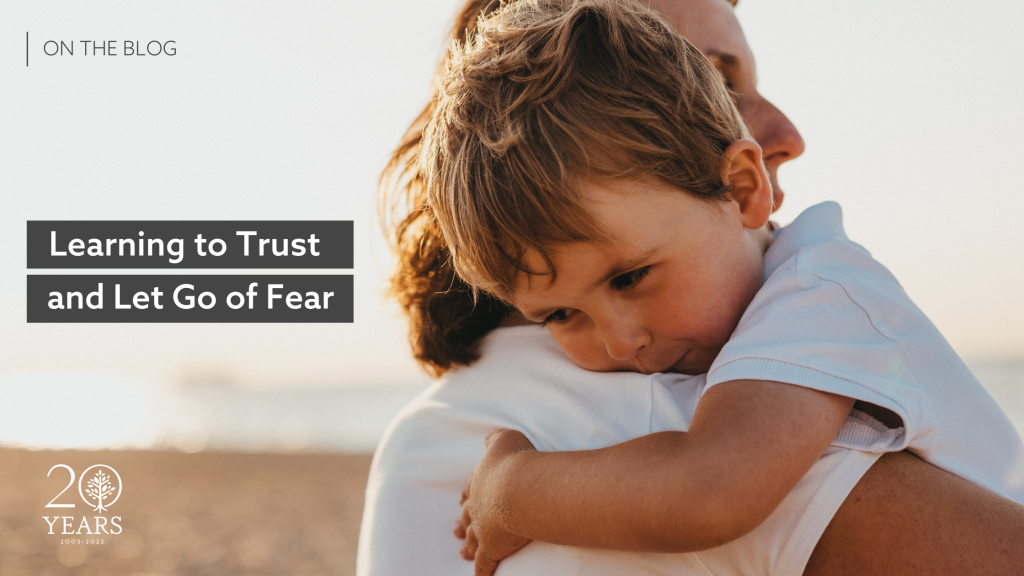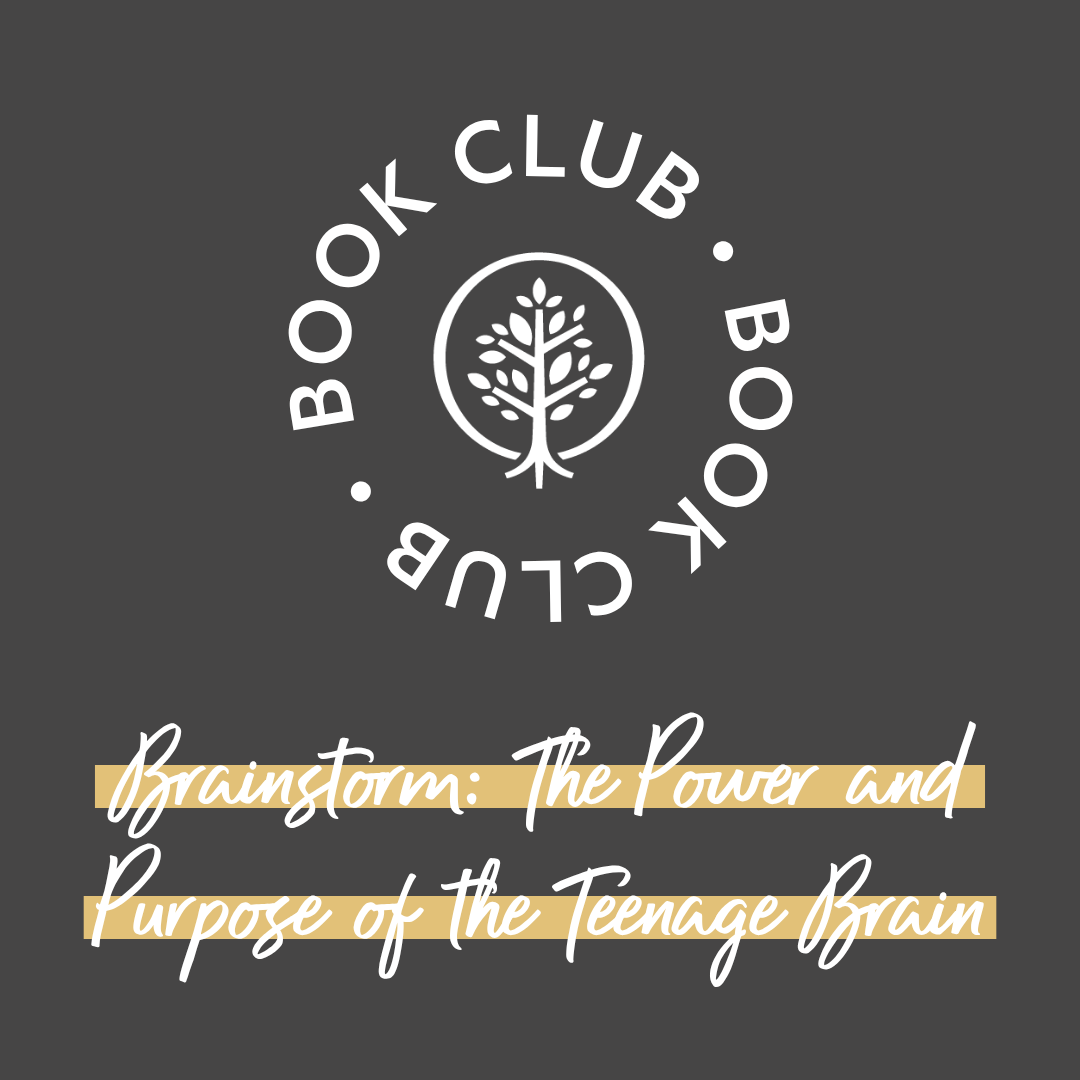Created to Connect: Learning to Trust and Let Go of Fear

The following is an excerpt from “Created to Connect: A Christian’s Guide to the Connected Child.” From Dr. Karyn Purvis with Michael and Amy Monroe, “Created to Connect” serves as a dynamic resource for those looking to draw helpful, encouraging parallels between the Christian faith and the foundational teachings of Trust-Based Relational Intervention® (TBRI®).
What do you do for a child who has become so accustomed to being fear-filled that he or she is literally afraid of not being afraid? How can you best help this child?
First, we must recognize that the issue is in fact fear itself. Fear is often chameleon-like in the lives of our children. What many parents immediately interpret as defiance, poor behavior, a rotten attitude, manipulation, or immaturity, may actually be driven by a fear response. Often, fear isn’t easily identifiable, so it helps to know what you’re looking for. When working with children [who are vulnerable], the vast majority of what we will come to know about them is determined simply from observing them. For example, we know that chronic fear in our children often causes hypervigilance.
As a result, we need to be on the lookout for signs of this fear response.
- When you try to make eye contact, does the child’s body become stiff and rigid?
- Do their hands curl up, do their pupils enlarge, does their jaw tighten?
- How do they respond to certain sensory inputs such as light, smell or touch?
These are just a few of the many ways we can observe if our children are in a constant state of high alert.
Another critical thing that parents can do to help their children combat fear is to understand their need for what is called “felt safety.” As parents we are often inclined to view a situation or circumstances solely from our own perspective, only taking into account what we know and perceive (all assessed with our own, more developed reasoning abilities). We know our children are physically safe and in a safe environment, but all too often our children do not actually feel or experience this safety. Instead, their mind and body sends and receives signals indicating the presence of perceived threats or danger. And sadly, for many of our kids, this has become a chronic state. Until we can help our children replace their state of fear with a foundation of trust, they are likely to continue to misinterpret the safety and love that actually surrounds them.
Consider, for example, when you tell your child it is time for bed and he refuses to go and does so disrespectfully. You know it is time for bed, and you know he is going to be safe in his bed. But with our children, we must always consider if what we know as reality is in fact the reality that they perceive. Does your child experience night terrors? Does going to bed and being in his room all alone trigger memories or fears, even ones he may not be able to fully articulate? Even if your child shares a room with a sibling, does going to bed create a heightened sense of loneliness? These are just some of the considerations that parents should be mindful of. Similar situations can play out around bath time, before meals, while getting ready for school, before leaving on a trip, or in any number of other circumstances. Our children have a myriad of past harms and hurts, and their fear response is often activated (and remains activated). Again, many of our children simply live in a constant state of fear, not of anything specific, but as an overall state of being.
While this may be difficult to understand, if you think about it, our children are not altogether different from us when it comes to how they handle and respond to fear. After all, have you ever considered why God needed to offer the reminder to “fear not” over and over again in Scripture? And why is it that we need to be reminded so often of his presence and provision, and that we are to trust in him rather than resorting to our own fear? He knows that he is with us, and because of his faithfulness in our lives, we should know that too. But all too often we forget. We fail to operate from a place of trust based on our relationship with our Heavenly Father. We revert instead to worry, fear, and anxiety, which betray our position of security and protection as children adopted into the family of God. In spite of this, God is ever patient to lovingly remind and invite us (in ways large and small) to trade our fear for trust in him. And it is important to notice that it is this trust that displaces fear. Even more, our children need this kind of patient and loving approach as we help them see fear for what it is, and as we help them build trust in us as the ones whom God has provided to help them heal and grow.
In combating the fear that cripples our children, it is also important that parents focus on giving voice to their child. Throughout Scripture we see many people of God, including Moses, David, and the prophets, expressing their doubts, fears, and feelings to God. We are created to connect, and a primary way connection is achieved is through expressing ourselves to those who will listen, understand, and care enough to respond. The trouble is that fear robs our children of their voice, so as parents we must be intentional about giving our children voice and restoring this essential avenue for connection. We must remember, however, that our children are not likely to find their voice on their own. Therefore, we must be intentional to give them voice (respectful and appropriate, of course) in every interaction, and in particular when we are correcting.
Published by Empowered to Connect. Used by permission.
“Created to Connect” is a foundational piece of Show Hope’s Hope for the Journey Conference. To experience the practical teaching and tools for a path to healing and hope for children and families impacted by adoption and/or foster care, learn more here. Download a digital version of “Created to Connect” for free here.





